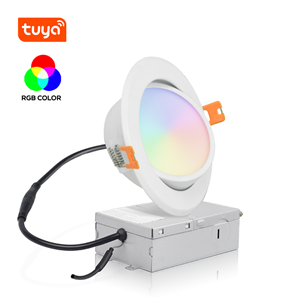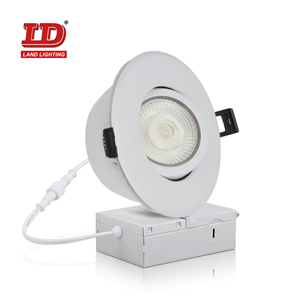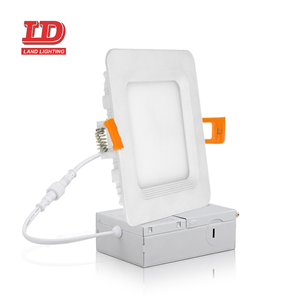How Headlights Work
LED Headlights Can Be Brighter but Often Lack Clear Advantages
More mainstream vehicles have them, but LEDs don't always outperform halogens, according to our tests
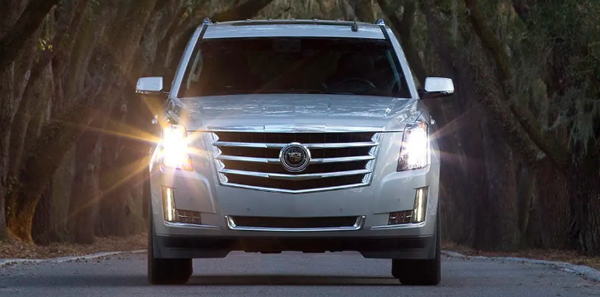
Automakers have embraced light emitting diodes (LEDs) in headlights, and their use is becoming more widespread. At Consumer Reports, 55 percent of the 2018 models we tested had LED headlights. Of the 2019 models we've tested, 86 percent had LEDs.
The problem for many consumers is that they’re paying more for the LEDs but not getting much bang—if any—for that extra buck, says Jennifer Stockburger, director of operations at the Consumer Reports Auto Test Center.
How Headlights Work
All headlights illuminate the road ahead in one of two ways, Stockburger says. The first, traditional way is to use a reflector to bounce the light from the bulb forward. The other way is to use what is known as a projector, where the headlights use a lens that focuses and directs the light outward.
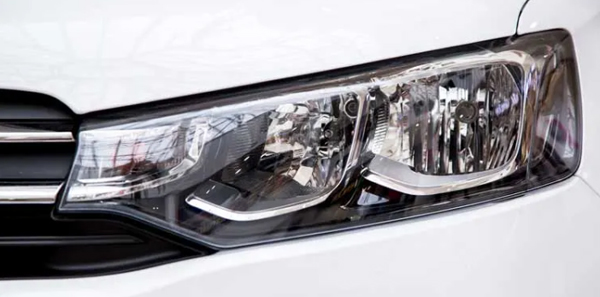
There are several ways for headlights to create illumination. Halogen bulbs heat a filament to the point where it emits light. They’re the most common on U.S. roads, and they typically give off a yellowish tint.
HID headlights are less common, and they work by igniting a gas—most often Xenon—with electricity inside a bulb. They emit a white or bluish-white hue.
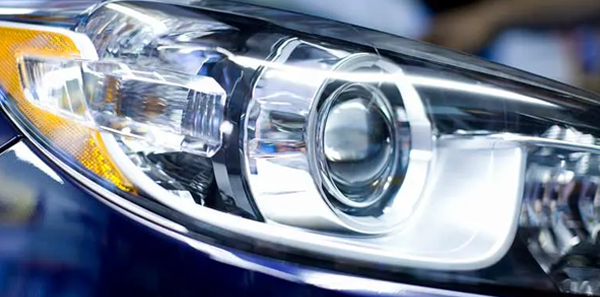
LEDs are a far more advanced technology. There are two semiconductors (on a small chip) with either a surplus or a small number of electrons. When the two semiconductors have an electrical charge applied to them, atoms move toward each other and combine, and the resulting energy that's created is released as light.
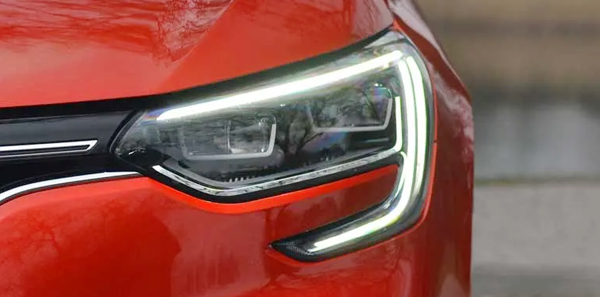
The Move to LEDs
LED headlights first appeared in the U.S. on the Lexus LS 600h sedan back in 2007, and they were originally found only on high-end cars. But LEDs began appearing in more mainstream models about eight years ago, and some of them impressed us in our testing.
Now LEDs are more common than HID headlights, in much the same way that LED lights for the home have bypassed traditional CFLs (compact fluorescent lamps), and they’re popping up even in mainstream cars, SUVs, and trucks. We recently tested two affordable cars that came with standard LED headlights: the 2019 Mazda3 and the 2020 Toyota Corolla. The prices for each start under $25,000.
Why the swing? There are several factors at work.
Headlight styling helps win over consumers, says Steffen Pietzonka, head of marketing at Hella, a headlight manufacturer. “The different looking headlights and design are attractive to the buyer because the headlights are the eyes of the car,” he told CR.
According to Hella’s Pietzonka, “HIDs may be out of the market quite soon, because there are lower-cost options.” He adds that “in Europe, every new [car] development project in the industry has no HID/Xenon systems in the pipeline. In the U.S. it will be similar, with HIDs out in the midterm.”
What CR Has Seen in Testing
Both LED and HID headlights can produce a brighter, whiter light than halogens, and they illuminate the sides of the road well. But how far a headlight illuminates straight ahead, in the direction a car is traveling, is what’s most important, Stockburger says. In that respect neither HIDs nor LEDs have proved to be superior over halogens in CR’s testing.
For example, CR’s brake testing shows that, on average, a vehicle traveling at 60 mph (or 88 feet per second) on dry asphalt in ideal conditions needs about 130 feet to come to a complete stop. Estimates for a driver’s reaction time between seeing something ahead in the road and hitting the brake pedal is 2.0 seconds—at roughly 88 feet per second, the vehicle has traveled 176 feet before the driver has hit the brakes. That means the total distance needed from recognizing an object to coming to a full stop is about 300 feet.
We’ve found that with LEDs and HIDs, manufacturers are having a hard time balancing casting enough light down the road without causing glare to oncoming drivers because of their intensity,” says Stockburger. “Many oncoming drivers mistakenly think an oncoming vehicle has its high beams on, when in reality the car just has LEDs or HIDs.” This is particularly a problem with oncoming SUVs, because their headlights are positioned higher up on the body than on a car.
Advances Are Coming
Automakers have introduced some new features that make better use of headlights, and more are on their way.
At CR, we’re particularly fond of cars that have automatic high beams. This technology can automatically shift between low and high beams when appropriate. Research from the Insurance Institute for Highway Safety has shown that drivers opt for high beams less than half of their time spent driving, Stockburger says. This feature keeps the high beams on as much as possible, which gives drivers better visibility farther down the road in the dark without blinding oncoming motorists.
Another new technology, adaptive driving beams, is already used in Europe. The high beam headlights are constantly illuminated, but the system shuts off select LEDs to reduce glare and shield the eyes of other drivers when it detects oncoming headlights or if the car is approaching a vehicle ahead of it. GM’s Leinert told us that these lights “could improve visibility, as the higher output of LEDs puts more light on the road with more precise performance.”
This technology is not yet available in the U.S. because it doesn’t comply with current Federal Motor Vehicle Safety Standard 108, which governs headlight performance. Changes to those rules were proposed in 2018.
It’s high time we use them here, says Hella’s Pietzonka. “Regulations are not allowing the implementation of these new technologies, which have been on the road in Europe since 2010, almost 10 years.”


